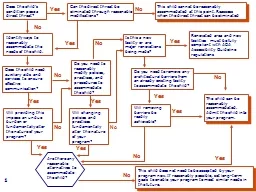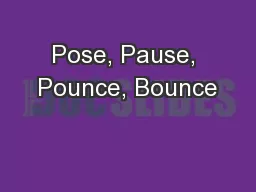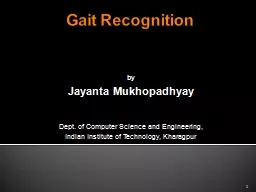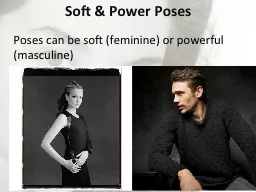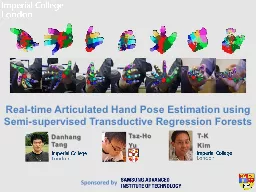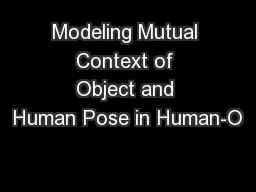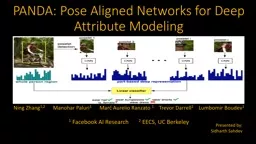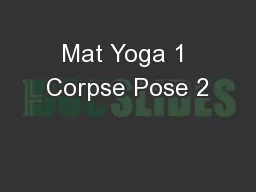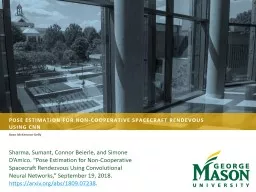PPT-1 Does the child’s condition pose a direct threat?
Author : pamella-moone | Published Date : 2018-02-22
Renovated area and new facilities must be fully compliant with ADA Accessibility Guideline regulations Is this a new facility or are major renovations being made
Presentation Embed Code
Download Presentation
Download Presentation The PPT/PDF document "1 Does the child’s condition pose a di..." is the property of its rightful owner. Permission is granted to download and print the materials on this website for personal, non-commercial use only, and to display it on your personal computer provided you do not modify the materials and that you retain all copyright notices contained in the materials. By downloading content from our website, you accept the terms of this agreement.
1 Does the child’s condition pose a direct threat?: Transcript
Download Rules Of Document
"1 Does the child’s condition pose a direct threat?"The content belongs to its owner. You may download and print it for personal use, without modification, and keep all copyright notices. By downloading, you agree to these terms.
Related Documents

